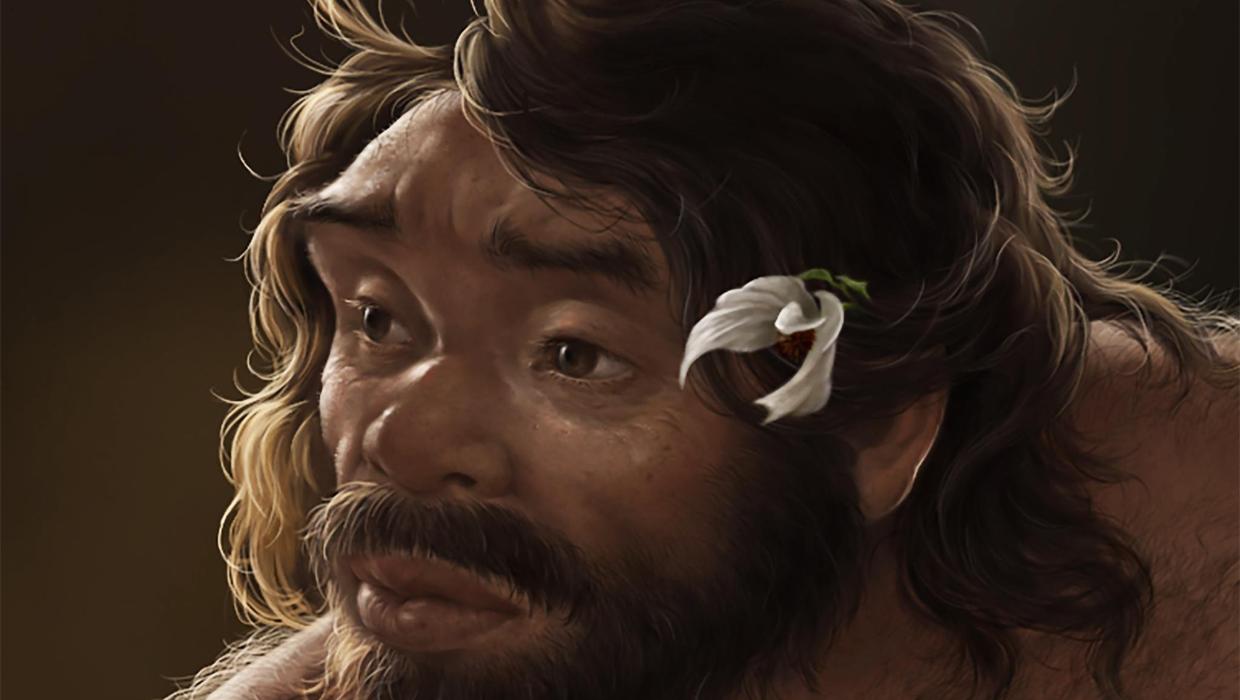Science
Ancient Skull Challenges Established Human Evolution Timeline

A recently discovered fossilized skull is raising significant questions about the established timeline of human evolution. This find suggests that the origin of our species, Homo sapiens, could be much older than current scientific consensus indicates. Researchers from the University of California, Berkeley, have made this discovery in Africa, and it may lead to a reevaluation of how we understand human ancestry.
The skull, dated to approximately 300,000 years ago, displays features that some scientists argue align more closely with modern humans than with earlier hominins. This challenges the prevailing view that anatomically modern humans first appeared around 200,000 years ago. The implications of this discovery suggest that the evolutionary history of humans is more complex and layered than previously thought.
Reevaluating Existing Theories
The research team, led by anthropologist Dr. Sarah Thompson, highlights that the fossil exhibits a mixture of traits seen in both archaic and modern human skulls. This blend raises the possibility that the divergence of our species did not occur in a straightforward manner. “If these features are indeed characteristic of early Homo sapiens, we may need to adjust our understanding of when and where modern humans emerged,” Dr. Thompson stated during a press briefing on March 12, 2024.
The skull was found in a region known for its rich fossil beds, further supporting the idea that Africa remains a crucial site for understanding human evolution. The findings underscore the importance of revisiting and potentially revising the timeline of human development based on new evidence.
Significantly, this fossil adds to a growing body of research indicating that various hominin species coexisted for extended periods. The interactions among these species might have contributed to the complexity of human evolution. The ongoing study of such fossils provides critical insights into our ancestry and the traits that define us as humans.
Implications for Future Research
The discovery of this skull has garnered attention not only in academic circles but also among the broader public interested in human history. As more fossils are uncovered, there is a strong push for a reinterpretation of the evolutionary tree. The findings from this skull could lead to an influx of new research aimed at clarifying the relationships between different hominin species.
Experts from various institutions are now calling for collaborative efforts to analyze existing fossils using advanced techniques. “We must leverage technology and interdisciplinary approaches to fully understand the implications of this find,” said Dr. Emily Chen, a paleontologist at the Natural History Museum in London.
As this research progresses, the scientific community anticipates that it will not only challenge existing paradigms but also ignite discussions about the nature of human evolution itself. The timeline may become more intricately woven, reflecting a more dynamic and interconnected past.
In summary, this fossilized skull is not merely an artifact from the past; it is a catalyst for change in our understanding of where we come from. As studies continue, the narrative of human evolution is poised to evolve alongside these groundbreaking discoveries.
-

 World1 week ago
World1 week agoPrivate Funeral Held for Dean Field and His Three Children
-

 Top Stories2 weeks ago
Top Stories2 weeks agoFuneral Planned for Field Siblings After Tragic House Fire
-

 Sports3 months ago
Sports3 months agoNetball New Zealand Stands Down Dame Noeline Taurua for Series
-

 Entertainment3 months ago
Entertainment3 months agoTributes Pour In for Lachlan Rofe, Reality Star, Dead at 47
-

 Entertainment2 months ago
Entertainment2 months agoNew ‘Maverick’ Chaser Joins Beat the Chasers Season Finale
-

 Sports3 months ago
Sports3 months agoSilver Ferns Legend Laura Langman Criticizes Team’s Attitude
-

 Sports4 weeks ago
Sports4 weeks agoEli Katoa Rushed to Hospital After Sideline Incident During Match
-

 Politics2 months ago
Politics2 months agoNetball NZ Calls for Respect Amid Dame Taurua’s Standoff
-

 World2 weeks ago
World2 weeks agoInvestigation Underway in Tragic Sanson House Fire Involving Family
-

 Top Stories2 weeks ago
Top Stories2 weeks agoShock and Grief Follow Tragic Family Deaths in New Zealand
-

 Entertainment3 months ago
Entertainment3 months agoKhloe Kardashian Embraces Innovative Stem Cell Therapy in Mexico
-

 World4 months ago
World4 months agoPolice Arrest Multiple Individuals During Funeral for Zain Taikato-Fox





















